Like people, buildings age. Even under the best of circumstances, weather – particularly water, in the form of rain, snow, and ice – followed by or combined with extremes in temperature can do permanent damage to façades, cornices, parapets and other ornamental features, as well as to rear and side elevations. These problems can be exacerbated by design flaws or neglected maintenance. Often, it’s not until a thorough inspection, a leak issue – or worse, an incident where something falls from a façade and strikes someone on the ground below – that the signs of a problem become evident. That’s why it’s so crucial that the signs are noticed before damage is done.
The Causes of Façade Deterioration
Guy Iacono, CEO of Iacono Iron, is the third generation of his family in the façade business. They have offices in Belleville, New Jersey, and West Palm Beach, Florida. “There are many causes of façade deterioration,” he says. “They include factors related to the shape and fitting of brick, damage due to temperature gradients—including deterioration of brick due to humidity conditions—poor construction practices, and environmental conditions.” These factors can lead to water infiltration in the façade, causing deterioration to both the masonry exterior and the steel behind it.
Rhocel Bon, a senior associate at Klein & Hoffman, a national engineering firm with offices in Chicago and Philadelphia, agrees. “Structurally, a lot of issues we come across may be due to improper design,” he says. “We see flaws resulting from design, and even more from lack of maintenance, or deferred maintenance. With brick buildings, for example, if there isn’t a tuckpointing program, you’ll find that after some years, the mortar joints start to weather. Water enters the wall cavity, which can cause problems to the underlying steel.”
Tuckpointing is a maintenance method for mortar joints that involves removing the outer inch or so of existing mortar and replacing it with new mortar. The existing mortar must be tested first, to insure that the strength of the new and old mortar is the same. Bon explains that applying replacement mortar that is stronger than the original material will only cause additional problems. The same is true of the converse; the new mortar shouldn’t be weaker than the old mortar either.
“Most of the time, the biggest factor in New York City—as well as other colder climates—is the freeze,” says Eric Janczyk of Nova Restoration, a façade maintenance and restoration company located in Brooklyn. “Both heat and cold have their own issues. In winter, you have the snow and ice hitting the building, and moisture can infiltrate the building. Then it freezes up and can expand, causing pressure from within the walls, that can in turn cause areas of the façade to bulge and displace. Rain can also get behind the bricks, which can create structural issues behind the façade. Exposure to the elements – sun, wind, rain, and snow – impacts sealants, making them age more quickly. The sealants can become ‘gummy.’ This is especially true on east-facing façades and elevations. Be it cold or warm weather, water can then cause erosion of the underlying steel.”
Iacono adds that “common problems resulting from façade deterioration include loss of insulation for heat and cold due to cracks in the façade, and infiltration of water leading to building degradation, including windows, sills, glass, doors and fire escapes.”
Another cause of deterioration on façades is pollution, though that damage is mostly aesthetic. The effects of pollution on stone – particularly limestone – are well known. It can turn the normally buff-colored stone black. The stone is porous and made more so by the effects of pollution, further weakening the façade and facilitating water infiltration leading back to the problems described above.
The Useful Life of a Façade
‘Useful life’ is a concept from accounting and appraisal that assesses how long something can realistically last, given the environmental stressors and regular wear-and-tear it’s subjected to on a daily basis. Nothing lasts forever – and different building components have different useful lives. For example, the useful life of a roof might be 25 to 30 years, while the longevity of a boiler might be 40 or even 50 years. According to Janczyk: “The life of a façade is initially 50 to 60 years – but many buildings built in the 1970s didn’t demonstrate that. A lot of them were constructed with poorly-made glazed brick, and a lot of them are need of repair now. In those buildings, the useful life of the façade is more like 25 or 30 years. That’s the result of poor construction and/or poor materials. Who built a property, when it was built, and what it was built of are all major factors.”
Repairing and Maintaining Your Façade
Both Janczyk and Bon suggest that façades, as well as side and rear elevations, be inspected for damage assessment every three to five years, whether they fall under required local inspection guidelines or not. They both agree that newer buildings should be inspected a little more often than not, as older buildings were simply built better.
If a problem or defect is found, in most cases the first step will be to install a building canopy—also known as a sidewalk shed or a girdle—to prevent anyone from being struck by falling building materials. Over the past few decades there have been incidents of façade collapse causing fatal injuries all over the country. These tragedies could have been avoided with regularly scheduled inspections and the installation of canopies. While no-one likes the canopies, and many municipalities are seeking to limit the time an owner can keep one up around their building, they are a necessary eyesore. “Despite complaints, we are not overdoing it with canopies,” says Janczyk.
“The first priority,” says Bon, “is to secure any kind of hazard that may fall. Then we go up with scaffolding and touch the surface to see if anything is displaced. With masonry you are looking for corrosion, rust, etc. We check the sealant around parapets and windows. Terracotta is difficult to inspect, because much of the seal isn’t visible. We test it by sound and feel. We do something similar with concrete. We tap it. Dilapidated concrete has a distinct sound.”
Beginning restoration work depends on what problems are found. Much of it also depends on the client and how soon they want to act – which is one reason sidewalk canopies often stay up so long. The cost of repairs can be high, and the property owner may want to protect against liability from falling debris, but not complete the work immediately. Bon says he has seen building owners and administrators delay recommended work for as long as a year, depending on the client’s financial situation and sense of urgency.
For his part, Janczyk points out that it makes sense to complete all the work necessary at one time regardless of the costs, because if you don’t, each time you do some portion of the work, you will have to put up and take down the canopy, which is a very expensive proposition. “Once you’ve done the mobilization for the project, it’s best to finish it at one time,” he advises.
Landmarks
Landmark buildings, common in all cities, present special challenges for façade restoration. “Matching materials is especially important for landmark buildings, though we try to do it everywhere,” says Bon. “Local landmark authorities will insist on at least somewhat similar products for repair. For instance, if you have a terracotta building, they want you to use terracotta for any needed repairs. There are other materials that mimic terracotta and that the Chicago Landmarks Commission will approve, but for the most part officials want us to use the same materials.”
Janczyk details the process: “If it’s a landmark, when the architect files for a permit with the Department of Buildings, they must also file plans with the Landmarks Commission. Landmarks reviews it, and you need to follow their guidelines. They are looking for the aesthetics, and may specify that they want materials approval. We then have to give them samples.”
Bon adds that “even when a building isn’t a landmark, a good architect or engineer will attempt to match materials to keep a façade looking uniform and attractive.” He also points out that due to weathering and normal aging, no brand-new brick will exactly match the patina of the old brickwork.
And Then There’s Cleaning...
In addition to damage that might need to be repaired, façades should be cleaned at regular intervals to remove dust, pollution stains, and other aging factors that dull its original brilliance. Victor Cruz, a former account manager with Cliffhangers, a Massachusetts-based firm that provides cleaning services for façades and windows throughout New England, said: “Different surfaces present different types of cleaning problems; the most difficult surface to clean is stucco – but even glass can get permanently stained. The frequency of cleaning depends on the owners, but we believe it helps keep up curb appeal.”
Bon mentions that glass buildings should also be inspected for façade damage on a regular basis. He says that when a replacement piece is needed, “we use the same type of glass if available to get the same kind of reflectiveness from the street. You don’t want the replacement to look like replacement glass.”
For his part, Iacono recommends doing periodic façade inspections – which in New Jersey are required every five years for buildings over six stories – and hiring a registered design professional or architect to assure your project is code-compliant before work even starts. When hiring that professional, have a written contract that includes the contractor’s company name, address and license number. Project plans should be drafted by a registered pro who can submit construction documents, including drawings and other submissions for approval. Also, have an investigation performed on-site to check for any asbestos-containing material that will be removed or disturbed. Verify the needs and requirements for any sidewalk sheds and fences, and post your permit in a conspicuous place at the worksite for the duration of the project. If your project requires commissioning, ensure you have a qualified commissioning agent perform the work, and file the commissioning report with the appropriate department prior to sign-off. And finally, at the conclusion of the project, make sure inspections and sign-offs are performed to close the project permit.
What co-op and condominium owners should keep in mind when it comes to façade maintenance and restoration is that like any component of your property, the façade must be kept intact and properly maintained. Not doing so can only lead to more serious problems – and early signs of those problems are rarely noticeable to the untrained eye, to say nothing of the difficulty of seeing them from street level. As with all major systems, it’s vital to keep your capital reserve adequately funded against a major problem, and to have inspections done regularly. And stop harping on those sidewalk sheds – they’re there to keep you safe.
A J Sidransky is a staff writer/reporter for The New Jersey Cooperator, and a published novelist.



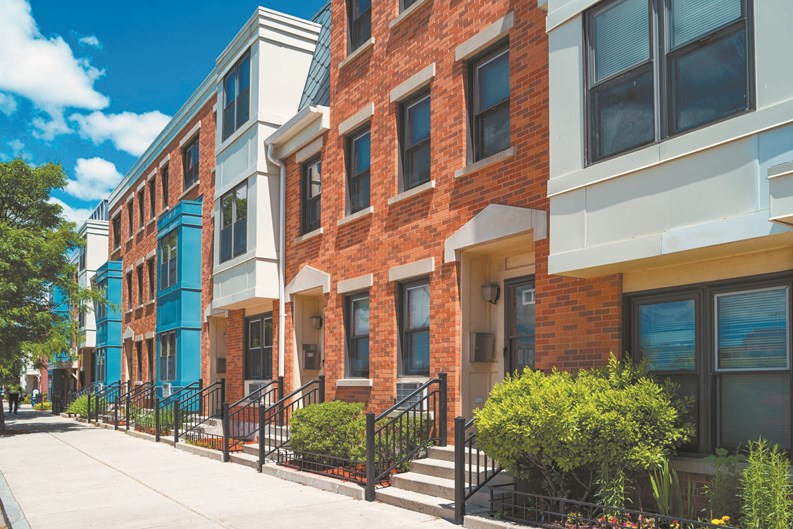
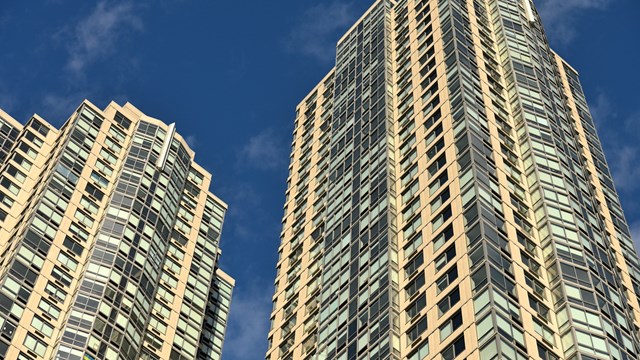
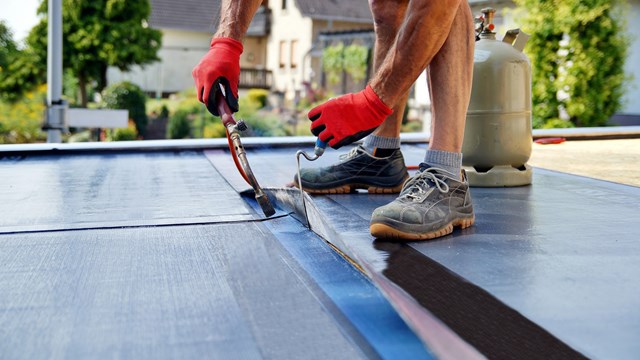

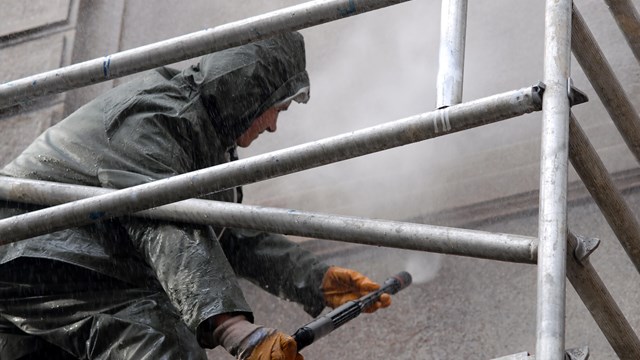

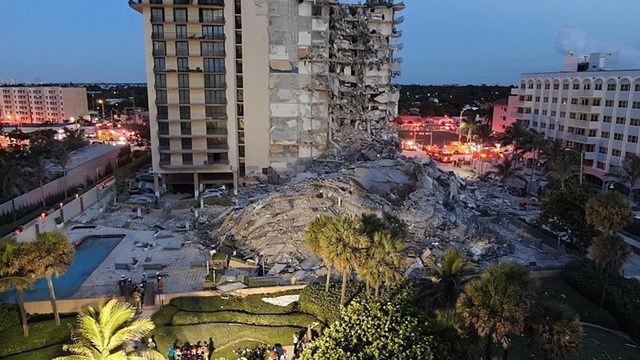
Leave a Comment